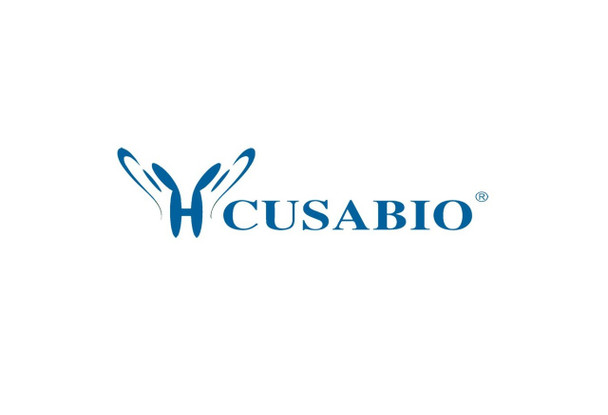Cusabio Active Proteins
Recombinant Rat Fibroblast growth factor 2 (Fgf2), partial (Active) | CSB-AP004171RA
- SKU:
- CSB-AP004171RA
- Availability:
- 5 to 10 Working Days
Description
Recombinant Rat Fibroblast growth factor 2 (Fgf2) ,partial (Active) | CSB-AP004171RA | Cusabio
Protein Description: Partial
Alternative Name (s) : Fibroblast Growth Factor 2; FGF-2; Basic Fibroblast Growth Factor; bFGF; Heparin-Binding Growth Factor 2; HBGF-2; FGF2; FGFB
Gene Names: Fgf2
Research Areas: Signal Transduction
Species: Rattus norvegicus (Rat)
Source: E.coli
Tag Info: Tag-Free
Expression Region: 11-154aa
Sequence Info: ALPEDGGGAFPPGHFKDPKRLYCKNGGFFLRIHPDGRVDGVREKSDPHVKLQLQAEERGVVSIKGVCANRYLAMKEDGRLLASKCVTEECFFFERLESNNYNTYRSRKYSSWYVALKRTGQYKLGSKTGPGQKAILFLPMSAKS
Biological Activity: The ED50 as determined in a cell proliferation assay using Balb/3T3 mouse embryonic fibroblast cells is less than 5 ng/ml.
MW: 16.2 kDa
Purity: Greater than 95% as determined by SDS-PAGE.
Endotoxin: Less than 1.0 EU/µg as determined by LAL method.
Relevance: FGF-basic is a members of the Fibroblast Growth Factors (FGFs) family. The family constitutes a large family of proteins involved in many aspects of development including cell proliferation, growth, and differentiation. They act on several cell types to regulate diverse physiologic functions including angiogenesis, cell growth, pattern formation, embryonic development, metabolic regulation, cell migration, neurotrophic effects, and tissue repair. FGF-basic is a non-glycosylated heparin binding growth factor that is expressed in the brain, pituitary, kidney, retina, bone, testis, adrenal gland liver, monocytes, epithelial cells and endothelial cells. FGF-basic signals through FGFR 1b, 1c, 2c, 3c and 4.
PubMed ID:
Notes: Repeated freezing and thawing is not recommended. Store working aliquots at 4℃ for up to one week.
Function: Plays an important role in the regulation of cell survival, cell division, angiogenesis, cell differentiation and cell migration. Functions as potent mitogen in vitro. Can induce angiogenesis.
Involvement in disease:
Subcellular Location: Secreted, Nucleus
Protein Families: Heparin-binding growth factors family
Tissue Specificity: Found in all tissues examined.
Paythway:
Form: Lyophilized powder
Buffer: Lyophilized from a 0.2 μm filtered 20 mM PB, 150 mM NaCl, pH 7.4
Reconstitution: We recommend that this vial be briefly centrifuged prior to opening to bring the contents to the bottom. Please reconstitute protein in deionized sterile water to a concentration of 0.1-1.0 mg/mL.We recommend to add 5-50% of glycerol (final concentration) and aliquot for long-term storage at -20℃/-80℃. Our default final concentration of glycerol is 50%. Customers could use it as reference.
Uniprot ID: P13109
Uniprot Entry Name:
HGNC Database Link: N/A
UniGene Database Link: UniGene
KEGG Database Link: KEGG
STRING Database Link: STRING
OMIM Database Link: N/A









